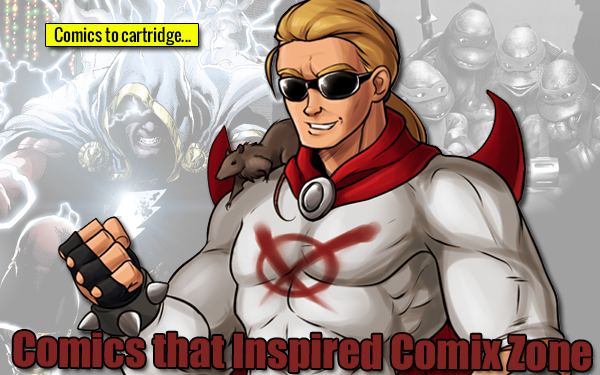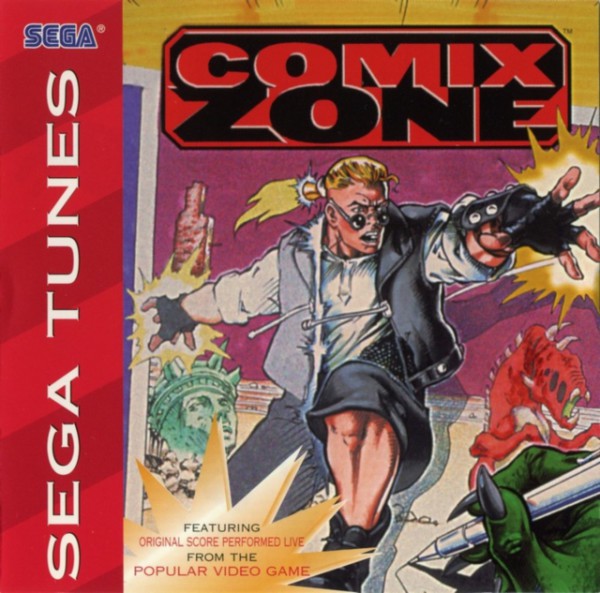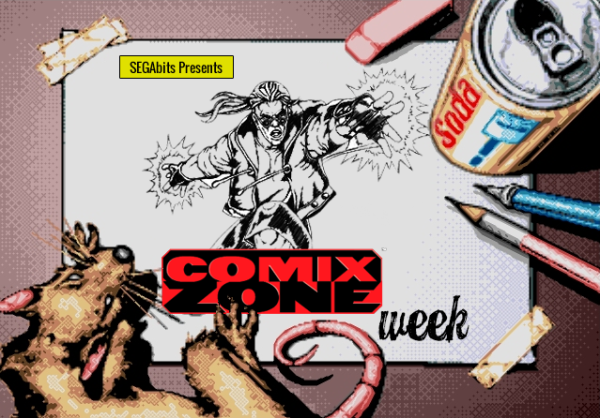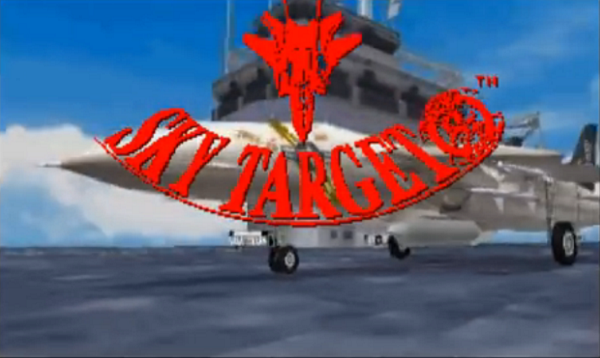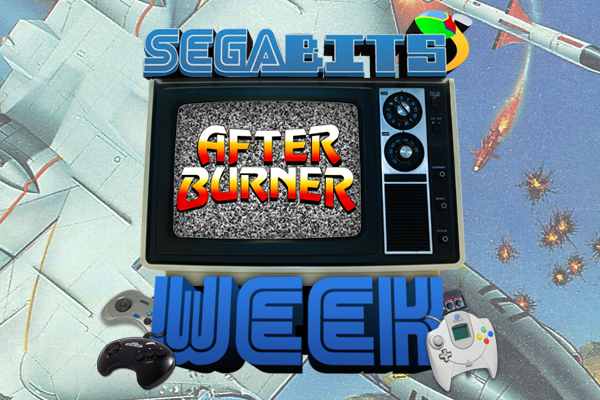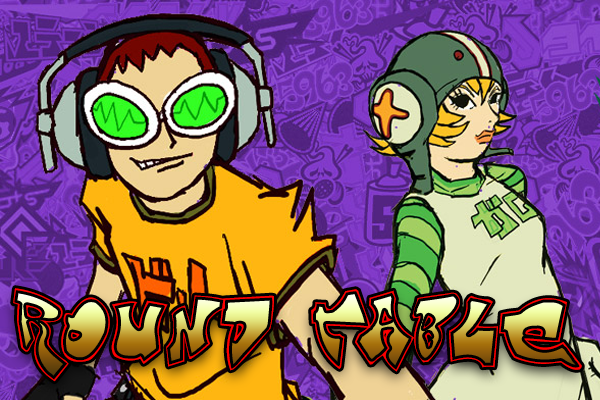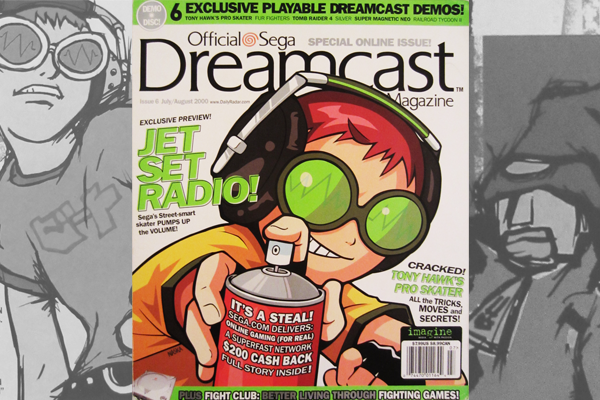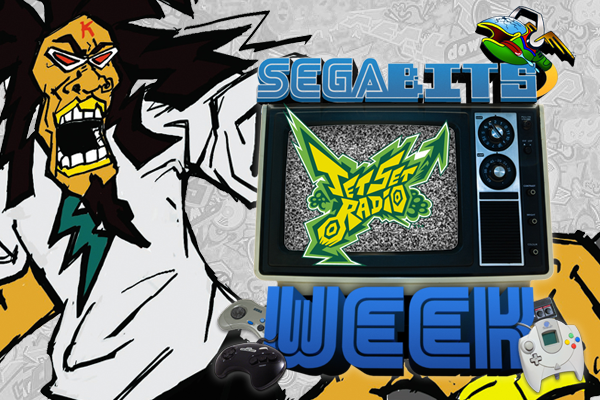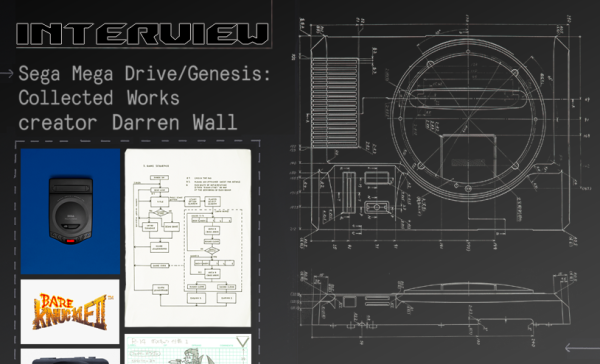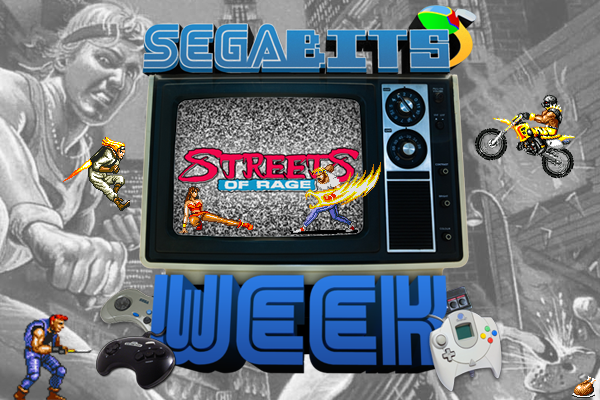SEGA Retrospective: Let’s get sweaty as we celebrate a SEGA Dreamcast classic, it’s Shenmue Week!
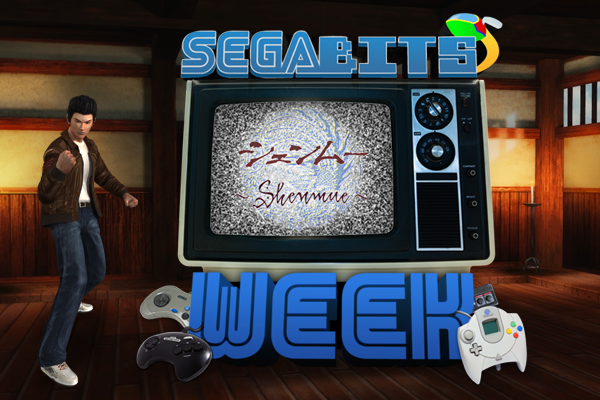
Welcome to a franchise week that many readers have been requesting ever since we began to dedicate seven days to classic SEGA titles, this is Shenmue Week! Like Jet Set Radio Week, we’re going focus exclusively on the first game of the franchise throughout the week. While Shenmue and its sequel are not incredibly different games from each other like Jet Set Radio and Jet Set Radio Future, we felt that both Shenmue titles are both so epic on their own that to try and cram both into seven days would do a disservice to the series. Not to mention, we love Shenmue so much that the prospect of another Shenmue Week in the future is something we’re looking forward to.
But I’m getting ahead of myself. Let’s travel back in time, before Shenmue II and before the original Shenmue. Before the series went by the codename Project Berkley, to a time in the mid 90s when SEGA’s Yu Suzuki was working on a SEGA Saturn prototype known as The Old Man and the Peach Tree.

